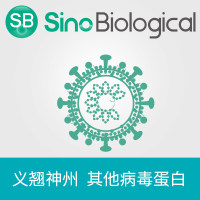Analysis of Adeno-Associated Virus and HPV Interaction
互联网
668
It is slowly becoming accepted that adeno-associated virus (AAV) is another significant factor involved in cervical carcinogenesis. However, unlike human papillomavirus (HPV), which is positively associated with cervical cancer, AAV is negatively associated with this cancer. This negative association appears to be through a direct and complex bi-directional interaction between AAV and HPV. Essentially all assays used for studying HPV can be used for studying the AAV-HPV interaction. This is because both viruses are productive in the same tissue, the stratified squamous epithelium (skin). Their relationship can be studied on the level of the complete virus and their complete life cycle using the organotypic epithelial raft culture system, which generates a stratified squamous epithelium. Their relationship can be studied in various other tissue-culture models measuring oncogenic potential. Their interaction can also be studied on the component level, as both protein-protein and protein-DNA interactions are known. Their relationship has even been studied using transgenic animals. The AAV-HPV relationship can be broken down into two halves—AAV-encoded products, which affect HPV biology, and HPV-encoded products, which affect AAV biology. To date, the former are much better studied than the latter. The rep gene and its largest product, Rep78, are responsible for most of AAV’s effects upon HPV. This chapter largely focuses on AAV’s effect on the HPV life cycle.








